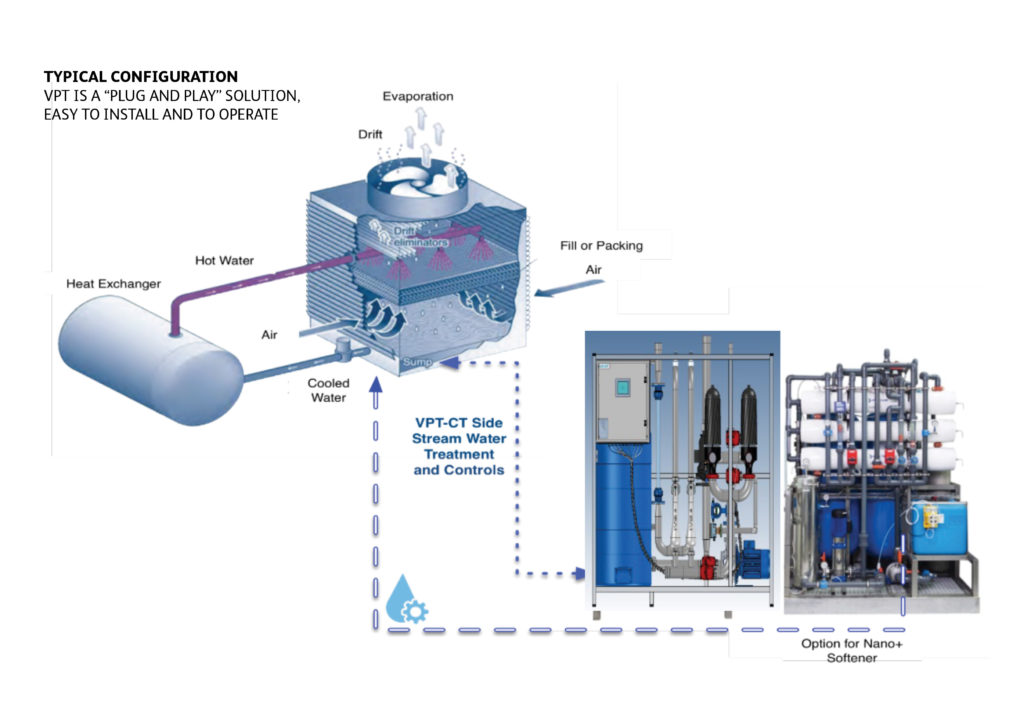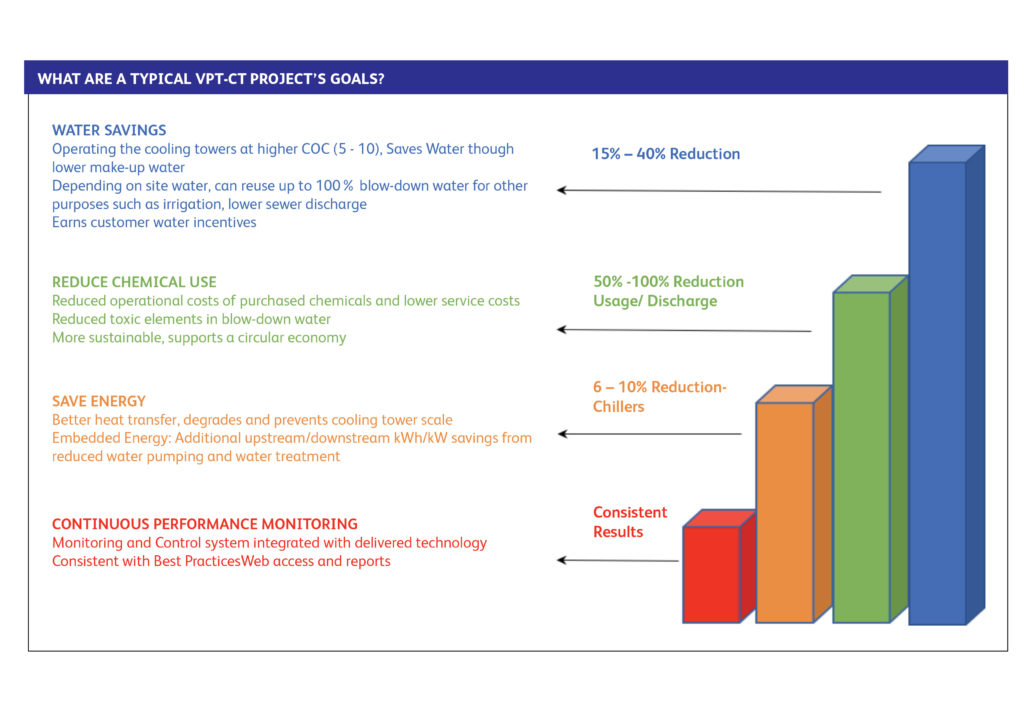The use of biomimetic principles in cooling towers lowers operational costs, reduces water usage, improves efficiency and safeguards operators as well as customers from potential health issues arising out of biological growth, argues Hakan Gronlund.

The vortex process technology (VPT), which is based on a worldwide-patented vortex generator, uses ‘biomimetic principles’ for its design at its foundation. Biomimetics is based on the belief that nature, at times, is a good engineer. Biomimesis is the scientific method of learning new principles and processes based on systematic study, observation and experimentation with solutions observed in Nature.
The complex and biomimetic shapes inside the VPT demand precise 3D production. Advanced CAD technology is used for prototyping and production. This facilitates a direct connection between design, testing and production.
CHALLENGES IN COOLING TOWERS AND EVAPORATIVE CONDENSERS
It is common knowledge that improperly maintained cooling towers (CT) can cause problems, such as yielding warmer cooling water due
to scaling and biofilm, which can reduce the efficiency of the chiller, and result in potential health issues from biological growth. Typically, a toxic mix of chemicals is needed as a special precaution in maintaining CT/EC (evaporative condenser) design conditions. Also, with chemicals becoming more regulated, they come with associated high costs, plus necessitate training of technicians on storage and handling. And then, there is the danger they would interact with each other or biocides.
Indeed, CTs and ECs require consistent attention and maintenance to counter scale, settlement of contaminants, clogged nozzles, biofilm and microbiological growth. Then, there are issues relating to overuse or under use of chemicals, and excessive water use and discharge. They also require the maintaining of proper design heat exchange metrics. An absence of training and funding for operations can spell trouble.

WHAT VPT CAN DO
VPT can usher in water savings. Operating the cooling towers at higher cycles of concentration (COC) of 5-10 saves water through lower make- up water. Depending on site water, it is possible to reuse up to 100% blow-down water for other purposes, such as irrigation and lower sewer discharge. All of these can earn the customer water incentives. =
VPT can help save energy. They come with the promise of better heat transfer, and degrade and prevent cooling tower scale. They can give additional upstream and downstream kWh/kW savings from reduced water pumping and water treatment.
VPT provide for reduced chemical use, leading to reduced operational costs of purchased chemicals and lower service costs. There is reduced toxic elements in blow-down water. Overall, reduced chemical use supports a circular economy and is a more sustainable approach.
Further, VPT aid in continuous performance monitoring. The monitoring and control system is integrated with the delivered technology and comes with the features of Web access and reports.
TYPICAL CONFIGURATION
VPT is a plug-and-play solution. It is easy to install and operate. The ease they provide has found wide acceptance, with typical customers including data centres, food and beverage sector, large hotel chains, pharma sector, process industries and chemical industries.

Hakan Gronlund.
CPI Industry accepts no liability for the views or opinions expressed in this column, or for the consequences of any actions taken on the basis of the information provided here.
Copyright © 2006-2025 - CPI Industry. All rights reserved.